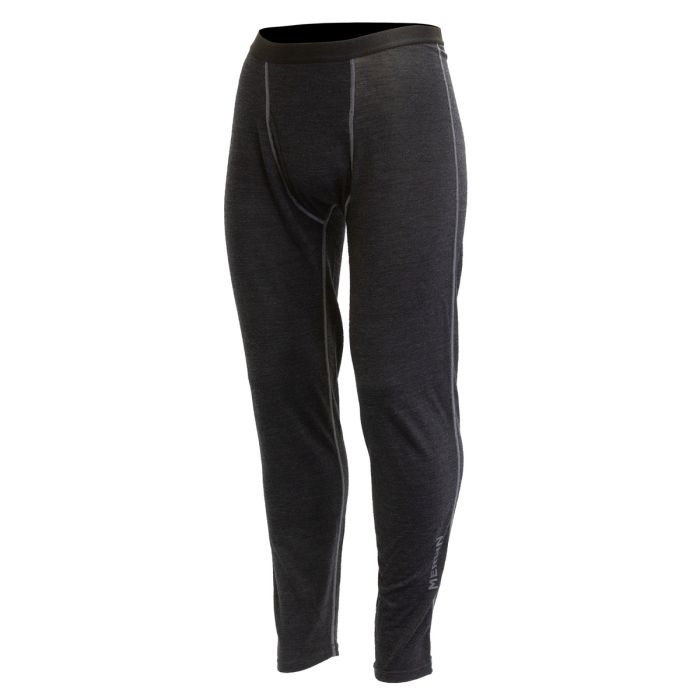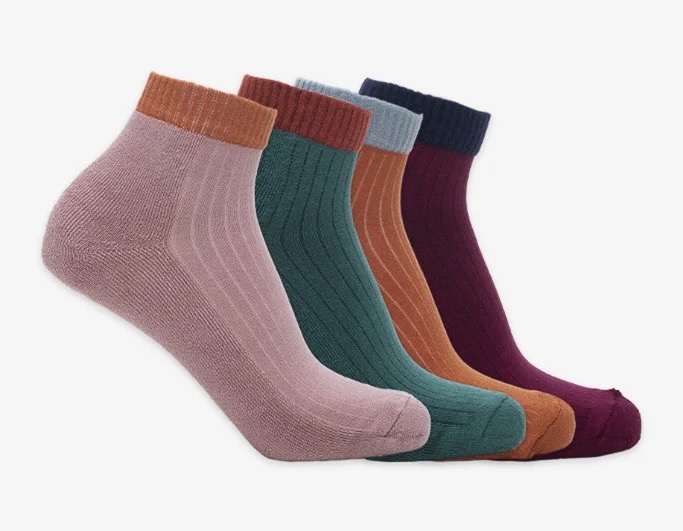Useful Bamboo Clothing Tips
Why Are Yak Merino Wool Base Layers So Beneficial For Winter Sports Clothing In Regards To Warmth/Temperature Regulation And Moisture Management Durability, Comfort And Warmth?Base layers made of Yak merino wool excel in winter sports clothing due to a combination of factors that increase warmth, temperature regulation, moisture management, durability, and comfort. Warmth and Temperature Regulation-
Both yak wool and merino have naturally insulating properties. Yak wool traps heat with hollow fibres. Merino is also renowned for its insulation.
Controls Body Temperature The fabric in combination regulates body's temperature by trapping the heat when it's cold, and allowing air to flow through so that you don't overheat when you're doing intense activities.
Moisture Management-
Merino Wool is a Moisture Wicking. Merino's moisture-wicking properties pull moisture from the skin, dispersing it and preventing sweat from accumulating. Yak wool is also a great way to transfer moisture and keeps the wearer comfortable and dry when engaged in intense physical activities.
Comfort-
Softness It is a soft material. Merino is famous for its soft, fine fibers, which are gentle on the skin. Adding yak fibers to the mix, which are soft, improves the level of comfort.
Odor Resistant - Both kinds of wool contain antimicrobial properties that help reduce the growth of bacteria that cause odor. They also keep the garments fresh.
Durability-
The strength and durability of Yak is naturally strong and durable, can be paired with merino to create an item that is durable and resistant. It's ideal for every sport.
Natural Fiber Benefits-
Renewability - Yak and Merino Wool are biodegradable, renewable fibres making them environmentally friendly.
The wool's natural properties allow wool to adjust to varying conditions in the weather, and they are effective in dry and moist environments.
The blend of yak and merino makes use of the strengths of each material, resulting in an excellent fabric for providing warmth while also regulating temperature, balancing moisture, ensuring comfort, and offering durability. This is what makes yak and merino wool-based base layers suitable for winter sportswear. They are specifically designed to meet the requirements of outdoor activity in cold climates, and making sure that the wearer is warm and dry. Have a look at the top rated merino wool base layers url for site advice including smartwool thermals, wool underlayer, smartwool thermals, merino undershirt, wool thermal base layer, ski thermals mens, wool long johns women's, spyder baselayer, lightweight merino wool base layer, base layer for warmth and more.

What Are The Advantages Of Wearing Bamboo Clothing With Regard To Thermal Regulation, Uv Protection, Biodegradability, And Environmental Impact.
Bamboo clothing offers many benefits in regards to thermal regulation and UV protection.
Insulation- Bamboo fabric is a natural material that regulates temperature, providing warmth in cold temperatures while still remaining breathable. It regulates the body's temperature by holding heat when temperatures are cooler and allowing for ventilation to keep you cool while working out.
UV Protection
UV Resistance - Bamboo fabric offers natural protection from harmful ultraviolet rays. It can provide an additional layer to protect against sun exposure by blocking a large amount of ultraviolet radiation.
Biodegradability-
Biodegradable bamboo clothing will break down organically by the end its lifecycle without leaving harmful remnants. It also does not cause pollution. This feature helps reduce waste and minimize the environmental impact from the disposal of clothing.
Environmental Impact-
Sustainability- Bamboo is highly eco-friendly as a material for raw materials. It grows quickly and in abundance, without chemical fertilizers. The speed of growth is a renewable resource.
Bamboo has a lower water requirements compared to cotton or other crops. Bamboo is thus more efficient in terms of water use. This is crucial for conservation efforts, and it reduces the pressure on the water supply.
Soil Conservation
Soil Health: The cultivation of bamboo does not usually deplete soil nutrients or require large amounts of irrigation. Bamboo cultivation contributes to healthier conditions in the soil and reduces necessity for damaging agricultural practices.
Carbon Sequestration
Carbon Absorption Bamboo can absorb more carbon dioxide and release oxygen into the air than some other plants. This property is beneficial in the fight against climate change and carbon emissions.
Bamboo's ability to regulate temperature in clothing, its UV protection, its biodegradability, and its positive impact on the environment are reasons why it is a top choice for those who are looking for functional and sustainable clothing. These qualities are aligned with environmentally conscious practices that benefit the wearer as well as for the environment. Follow the top bamboo clothings for more recommendations including bamboo boxer shorts for men, bamboo cay christmas shirts, bamboo clothing for women, t shirts bamboo, bamboo workout clothes, bamboo fitness clothing, short bamboo, ladies bamboo tops, bamboo fiber t shirt, mens bamboo clothing and more.

What Is The Difference Between Merino And Bamboo Clothing Compare To Regular Wool?
Merino, bamboo, and regular wool all have unique features.
Merino's soft, silky fibers make it easy on your skin. It is less likely than wool that is more traditional to cause itching and irritation.
Merino Wool is Moisture Wicking. Merino wool wicks moisture away from the skin, allowing it evaporate, and to keep the wearer comfortable and dry.
Merino wool is exceptionally warm, even when wet. It regulates body temperature, providing insulation and breathability to prevent overheating while exercising.
Odor resistance: It hinders the growth of odor-causing bacteria and ensures that clothes remain fresh, even after being used for long periods of time.
Bamboo Clothing
Bamboo clothing is said for its silky and soft texture that can be compared to cashmere or silk. It's soft to the skin and offers an indulgence.
Bamboo fabric wicks moisture and draws moisture from the skin to keep the wearer dry.
Temperature Regulation- Bamboo clothing has natural temperature-regulating abilities, offering warmth in winter and breathability to prevent overheating.
Sustainable Bamboo- Bamboo is an extremely renewable resource that grows quickly without the need for pesticides. Biodegradable bamboo is a low-impact resource with a minimal environmental impact.
Wool Regular
Texture. The wool's texture is different. Certain types are more coarse in texture and more prone to itching.
Warmth - Regular wool provides an excellent insulation and warmth but it can also feel bulky or heavy.
Wool is not as effective as bamboo or merino fabrics in wicking off moisture since it absorbs water. It retains warmth even in damp conditions.
Summary The softness of Merino Wool makes it odor and odor-resistant. It also has an excellent ability to wick moisture. Bamboo clothing offers a soft feel, moisture-wicking capabilities, temperature regulation, and sustainability. Wool comes in many textures, and may not have the same softness and moisture-wicking abilities as bamboo and Merino, however it still provides warmth and insulation. Each type of material is suited to distinct preferences, and each has distinctive advantages. View the top get more info on merino winter clothings for blog recommendations including sweaty betty base layers, merino wool base layer sale, men's wool leggings, icebreaker baselayer, merino base layer womens, smartwool classic thermal merino quarter zip base layer top women's, merino wool base layer mens, ski base layer pants, sweaty betty ski base layer, wool long johns women's and more.
